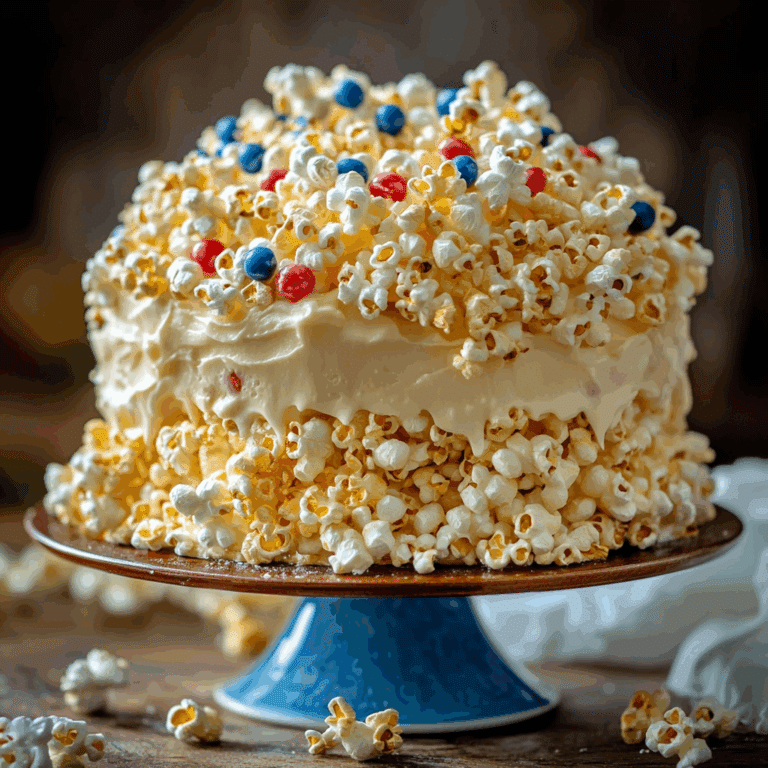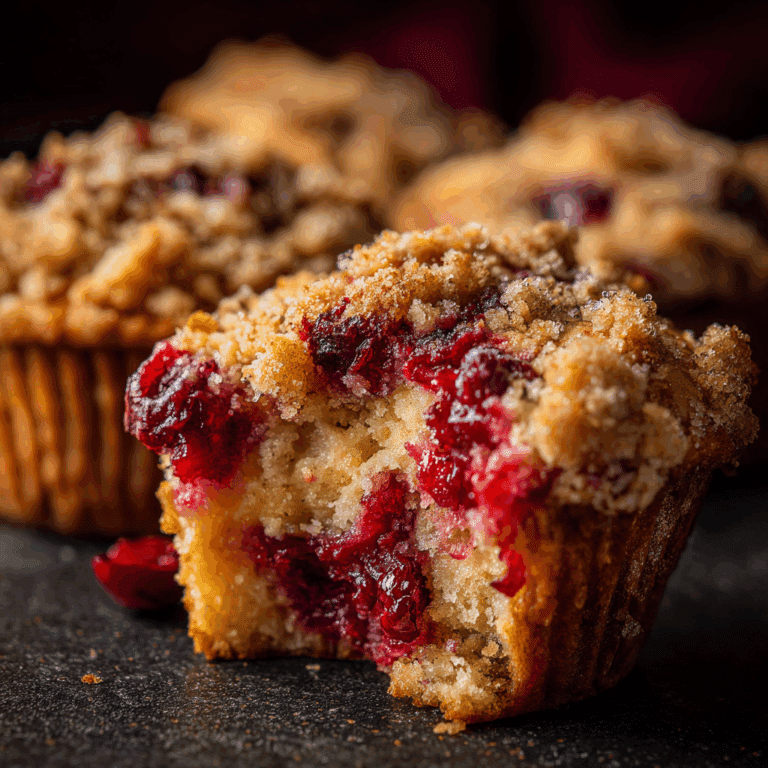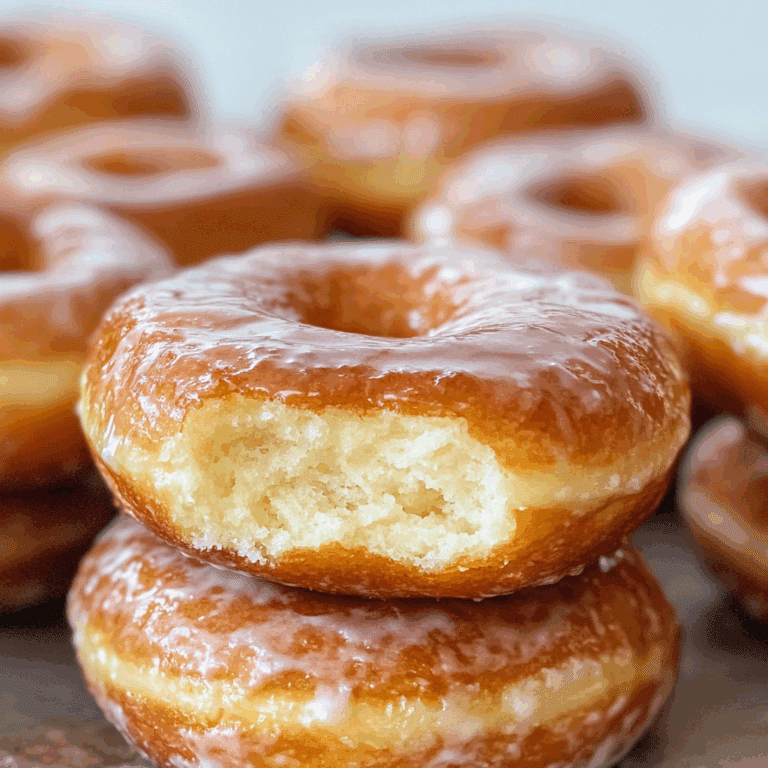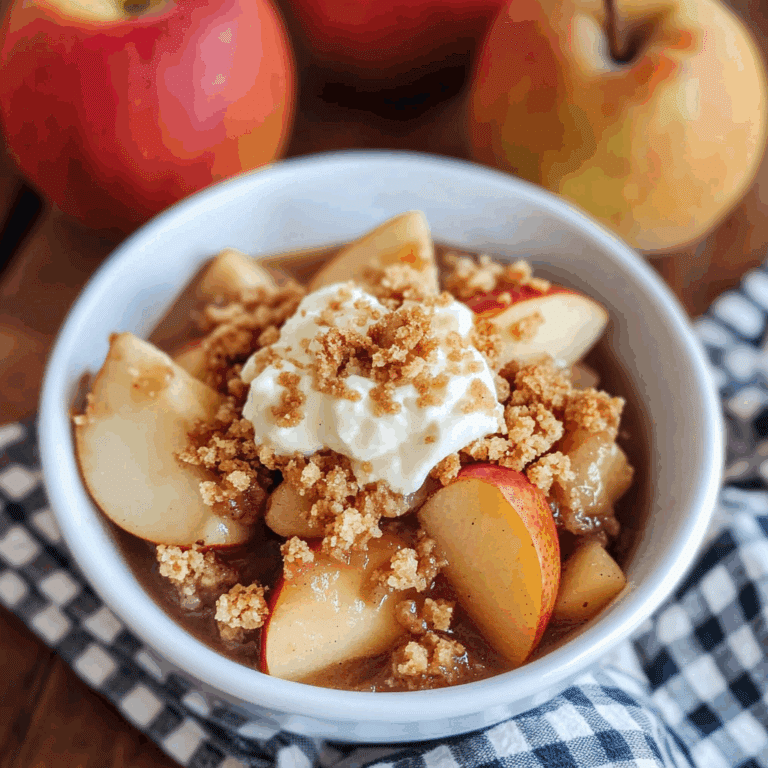Why Traditional Vanilla Custard Is a Must-Try Delight
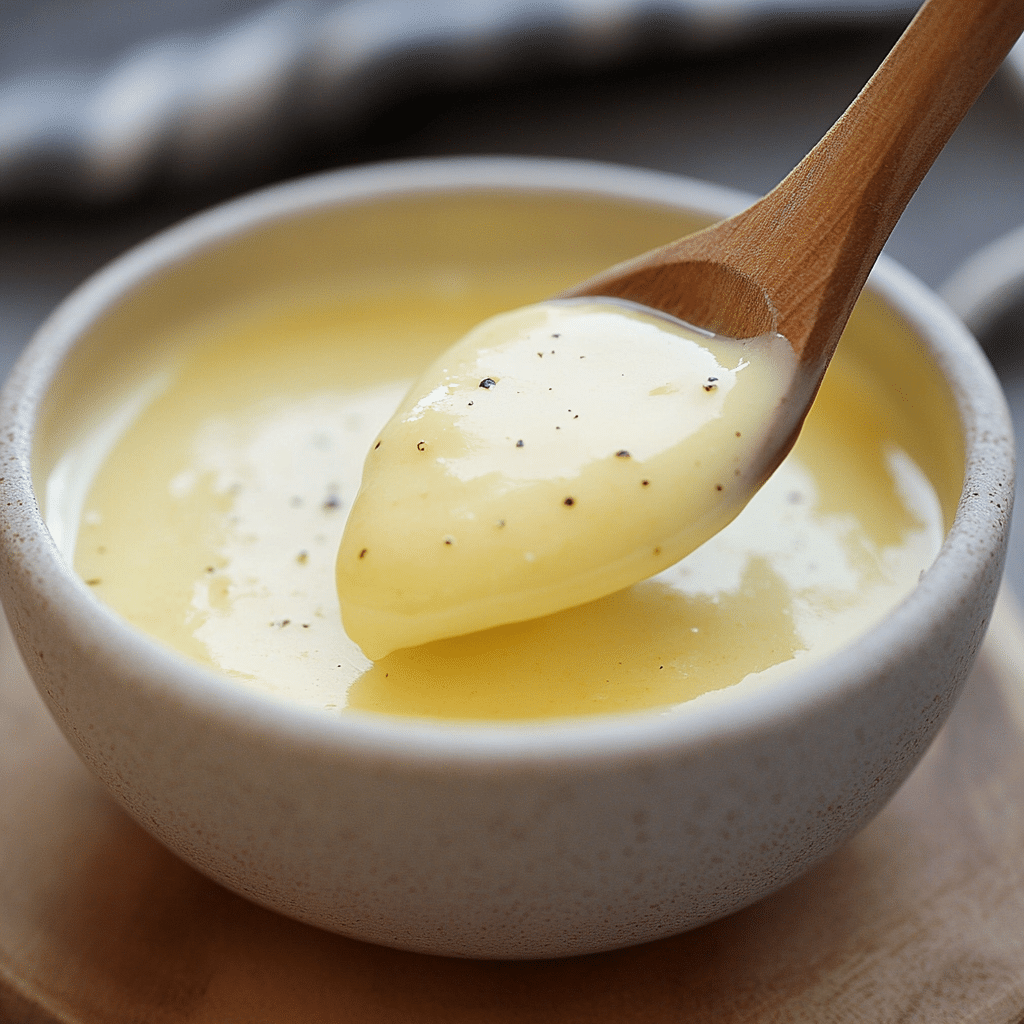
Discover the rich, creamy taste of traditional vanilla custard, a timeless dessert that’s easy to make and irresistibly delicious. This velvety smooth treat has been delighting taste buds for generations, combining simple ingredients into a luscious comfort dish. Whether enjoyed warm or chilled, traditional vanilla custard has a unique charm that makes it a must-try for anyone who loves classic sweets packed with pure, comforting flavor and a silky texture.
Why You’ll Love This Recipe
- Simple elegance: With just a handful of ingredients, traditional vanilla custard creates a rich and sophisticated dessert that feels special without fuss.
- Versatile dessert: It can be served on its own, with fruits, or as a base for other desserts, making it perfect for any occasion.
- Comforting texture: The smooth, creamy consistency offers a satisfying mouthfeel that warms the soul.
- Customizable flavor: Vanilla’s gentle aroma can be enhanced or complemented with spices, extracts, or citrus for a personal twist.
- Timeless classic: This custard recipe has stood the test of time, favored by families across generations.
Ingredients You’ll Need
Traditional vanilla custard relies on a handful of straightforward ingredients, each playing a vital role in achieving its perfect creamy texture and rich flavor. Using fresh, high-quality components will make all the difference.
- Whole milk: Provides a creamy base and smooth texture essential for custard’s characteristic richness.
- Heavy cream: Adds extra creaminess and depth of flavor, balancing the milk’s lightness.
- Fresh eggs: The secret to thickening the custard naturally while providing a delicate body and color.
- Granulated sugar: Sweetens the custard gently without overpowering the vanilla.
- Pure vanilla bean or extract: Offers authentic, warm vanilla flavor that defines this classic dessert.
- Salt: A tiny pinch enhances all the flavors and balances the sweetness perfectly.
Variations for Traditional Vanilla Custard
One of the best things about traditional vanilla custard is how easily it adapts to your tastes or dietary requirements. Feel free to experiment with these simple but tasty variations to make the dessert your own.
- Chocolate swirl: Stir in melted dark chocolate before chilling for a luscious twist.
- Spiced custard: Add cinnamon, nutmeg, or cardamom during cooking for cozy warmth and aroma.
- Non-dairy version: Substitute coconut or almond milk and use a vegan thickener for a dairy-free delight.
- Fruit-infused: Fold in fresh berries or stewed fruit to add bursts of flavor and natural sweetness.
- Lower sugar option: Reduce sugar or swap for natural sweeteners like honey or maple syrup to suit your diet.

How to Make Traditional Vanilla Custard
Step 1: Prepare Your Ingredients
Gather all ingredients and separate the eggs, keeping the yolks for the custard—you’ll want fresh eggs for the best richness and color.
Step 2: Heat Milk and Cream
In a saucepan, gently warm the milk and cream with the vanilla bean pod or extract, stirring occasionally to infuse the vanilla without boiling.
Step 3: Whisk Egg Yolks and Sugar
While the milk heats, whisk the egg yolks with granulated sugar and a pinch of salt until pale and creamy, ensuring the sugar dissolves smoothly.
Step 4: Temper the Eggs
Slowly pour a small amount of the warmed milk mixture into the egg yolks, whisking constantly to gently raise their temperature and prevent curdling.
Step 5: Combine and Cook
Return the egg and milk mixture to the saucepan and cook on low heat, stirring constantly with a wooden spoon or heatproof spatula until the custard thickens enough to coat the back of the spoon.
Step 6: Strain and Cool
Remove the custard from heat, strain through a fine mesh sieve to remove any cooked egg bits or vanilla pod, then transfer to a bowl and cover the surface with plastic wrap to prevent a skin from forming.
Pro Tips for Making Traditional Vanilla Custard
- Low and slow: Cook the custard gently over low heat to avoid curdling or scrambling the eggs.
- Consistent stirring: Stir constantly and evenly to ensure smooth texture and prevent burning at the bottom.
- Use a thermometer: Aim for around 170 to 175°F (77 to 80°C) to know the custard is perfectly thickened without overheating.
- Straining is key: Always strain your custard to achieve a silky, lump-free finish.
- Vanilla quality matters: Using pure vanilla bean or high-quality extract makes a noticeable difference in flavor depth.
How to Serve Traditional Vanilla Custard
Garnishes
A simple sprinkle of freshly grated nutmeg, a few fresh berries, or a light dusting of cinnamon can elevate the custard’s presentation and add a fresh, flavorful contrast to the creamy base.
Side Dishes
Traditional vanilla custard pairs beautifully with warm fruit pies, fresh sliced fruit, crisp biscuits, or even alongside rich chocolate cakes for a balanced dessert experience.
Creative Ways to Present
Try serving custard in elegant glass cups layered with berries, drizzled with caramel sauce, or topped with whipped cream and toasted nuts for an impressive, restaurant-style touch.
Make Ahead and Storage
Storing Leftovers
Place leftover custard in an airtight container and refrigerate for up to 3 days to keep its freshness and creamy texture intact.
Freezing
Freezing traditional vanilla custard is not recommended as it can cause separation and a grainy texture upon thawing, so it’s best enjoyed fresh or refrigerated.
Reheating
Warm custard gently over low heat while stirring constantly if you prefer it served warm, but be careful to avoid overheating or boiling, which can cause curdling.
FAQs
Can I use milk instead of cream for traditional vanilla custard?
Yes, you can use only milk, but adding cream gives the custard a richer texture and fuller flavor that’s more indulgent and satisfying.
How do I know when the custard is done cooking?
The custard is ready when it thickly coats the back of a spoon and a gentle finger swipe leaves a clear line without the liquid running back.
Is it possible to make this custard vegan?
You can create a vegan version by using plant-based milk like coconut or almond, and a thickener such as cornstarch or agar agar instead of eggs.
Why did my custard curdle and how can I fix it?
Curdling usually happens from cooking over too high heat or too fast; lowering the heat and stirring constantly helps prevent this, but once curdled, it’s hard to reverse.
Can traditional vanilla custard be served cold?
Absolutely! Many people enjoy this custard chilled, which enhances its refreshing creaminess and makes it a great summer dessert option.
Final Thoughts
Traditional vanilla custard is one of those comforting, delicious desserts that feels like a warm hug on a plate. Its simplicity and timeless flavor make it a fantastic recipe to have in your culinary repertoire. So don’t wait—grab your ingredients and treat yourself to this luscious delight today!
Related Posts
- Amazing Mini Pecan Pies to Satisfy Cravings
- Why Brownie Bottom Pumpkin Cheesecake Wins Fall
- How to Make the Perfect Pumpkin Cheesecake Roll
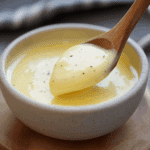
Traditional vanilla custard
- Total Time: 25 minutes
- Yield: 4 servings 1x
- Diet: Gluten Free
Description
Traditional vanilla custard is a rich, creamy dessert with a smooth, velvety texture and classic vanilla flavor. Easy to make with simple ingredients, it can be enjoyed warm or chilled, making it a versatile and comforting treat perfect for any occasion.
Ingredients
Custard Base
- 2 cups whole milk
- 1 cup heavy cream
- 4 fresh egg yolks
- 2/3 cup granulated sugar
- 1 vanilla bean pod or 1 tablespoon pure vanilla extract
- Pinch of salt
Instructions
- Prepare Your Ingredients: Gather all ingredients. Separate the eggs, reserving the yolks for the custard. Use fresh eggs for the best richness and color.
- Heat Milk and Cream: In a saucepan, gently warm the milk and cream with the vanilla bean pod (split and scraped) or vanilla extract, stirring occasionally to infuse the vanilla without boiling.
- Whisk Egg Yolks and Sugar: While the milk mixture heats, whisk together the egg yolks, granulated sugar, and a pinch of salt until the mixture becomes pale and creamy and the sugar dissolves completely.
- Temper the Eggs: Slowly pour a small amount of the warmed milk and cream mixture into the egg yolks, whisking constantly to gently raise the temperature and avoid curdling.
- Combine and Cook: Pour the tempered egg yolk mixture back into the saucepan with the remaining milk and cream. Cook over low heat, stirring constantly with a wooden spoon or heatproof spatula until the custard thickens and coats the back of the spoon (between 170°F and 175°F or 77°C to 80°C).
- Strain and Cool: Remove the custard from heat. Strain it through a fine mesh sieve to remove any cooked egg bits and the vanilla pod. Transfer the strained custard into a bowl, cover the surface with plastic wrap to prevent a skin from forming, and let it cool.
Notes
- Cook the custard gently over low heat to avoid curdling or scrambling the eggs.
- Stir constantly and evenly to ensure a smooth texture and prevent burning.
- Use a kitchen thermometer to reach the ideal temperature (170-175°F or 77-80°C) for perfect thickening.
- Straining the custard is essential for a silky, lump-free finish.
- Use a pure vanilla bean or high-quality vanilla extract for the best flavor depth.
- Leftovers can be refrigerated in an airtight container for up to 3 days.
- Freezing is not recommended as it can cause separation and graininess.
- Reheat gently over low heat while stirring to serve warm without curdling.
- Prep Time: 10 minutes
- Cook Time: 15 minutes
- Category: Dessert
- Method: Stovetop
- Cuisine: Classic/Traditional
Nutrition
- Serving Size: 1/2 cup (approximately 120 ml)
- Calories: 280
- Sugar: 25g
- Sodium: 50mg
- Fat: 18g
- Saturated Fat: 11g
- Unsaturated Fat: 6g
- Trans Fat: 0g
- Carbohydrates: 22g
- Fiber: 0g
- Protein: 5g
- Cholesterol: 190mg
Keywords: vanilla custard, traditional dessert, creamy custard, classic sweets, homemade vanilla custard


